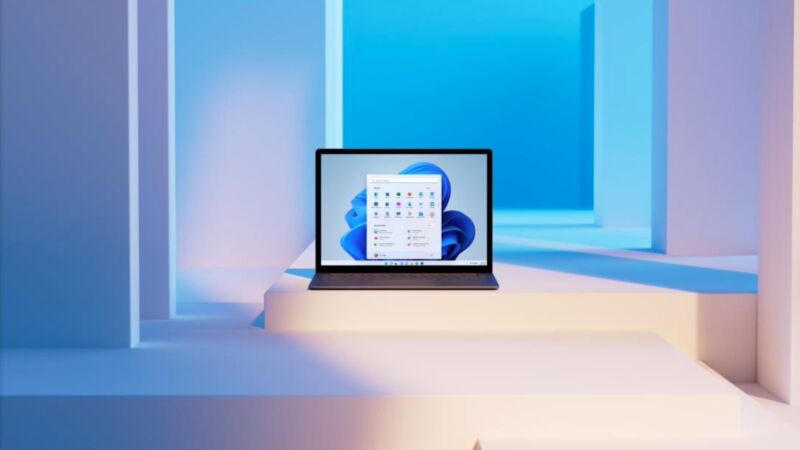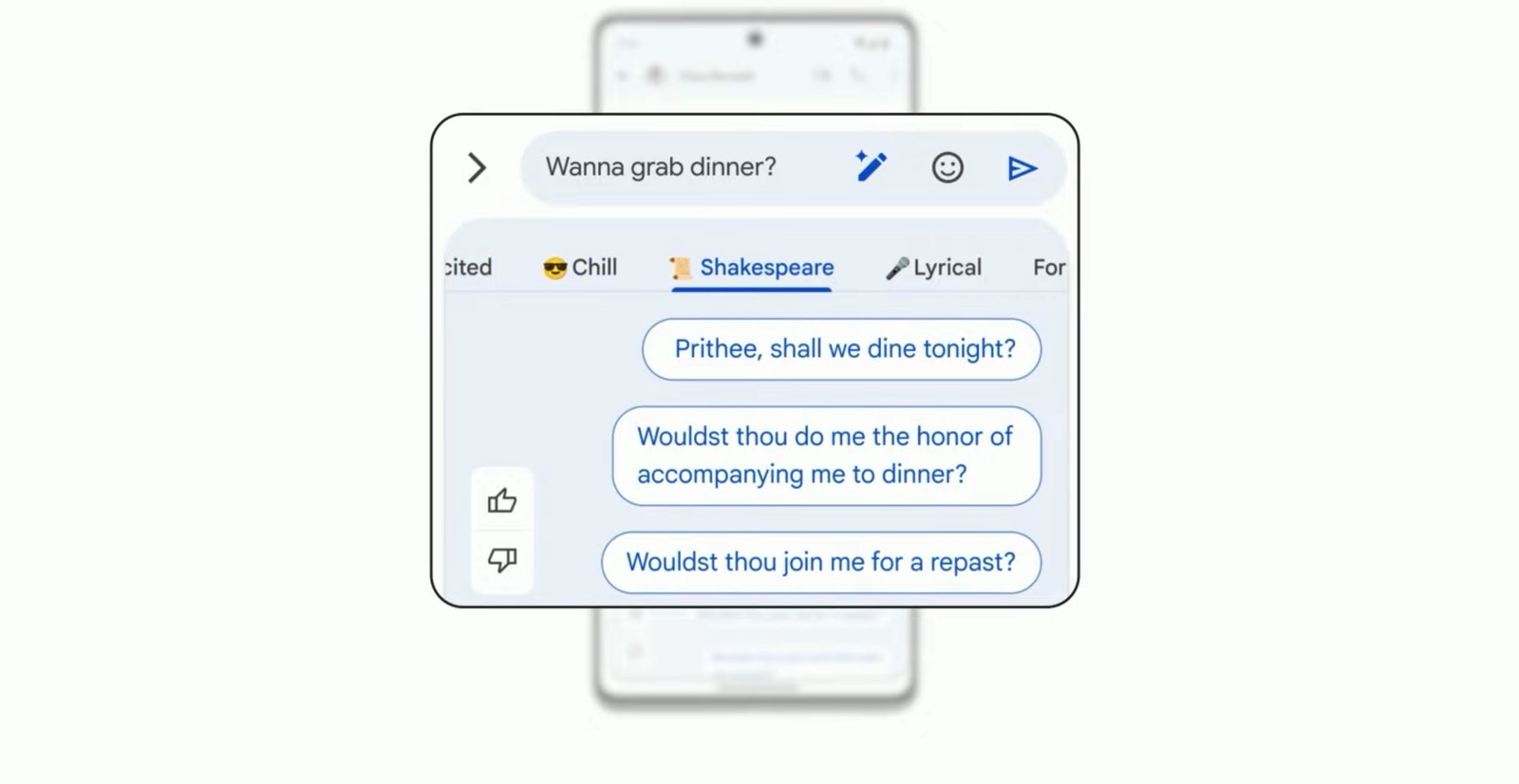
When we reviewed Windows 11 last fall, one of our biggest concerns was that we’d need to wait until the fall of 2022 to see changes or improvements to its new—and sometimes rough—user interface:
Throughout the rest of this review, we'll identify a sizable list of early problems with Windows 11. We can probably expect bugs to be fixed quickly. But when it comes to larger changes—like restoring lost functionality to the taskbar and system tray or continuing to modernize still-untouched parts of the user interface—will we need to wait a year for that to happen?
Any design that shifts as much as Windows 11's has is going to benefit from a bunch of small, quick updates and tweaks to address the most common complaints and pain points. I hope Microsoft leaves itself room to make those kinds of changes without having to wait until this time next year to implement them.
Nearly a year later, it has become abundantly clear that Microsoft isn't holding back changes and new apps for the operating system's yearly feature update. One notable smattering of additions was released back in February alongside a commitment to "continuous innovation." Other, smaller updates before and since (not to mention the continuously updated Microsoft Edge browser) have also emphasized Microsoft's commitment to putting out new Windows features whenever they're ready.
There has been speculation that Microsoft could be planning yet another major shake-up to Windows' update model, moving away from yearly updates that would be replaced by once-per-quarter feature drops, allegedly called "Moments" internally. These would be punctuated by larger Windows version updates every three years or so. As part of the PR around the Windows 11 2022 Update (aka Windows 11 22H2), the company has made clear that none of this is happening.
"Windows 11 will continue to have an annual feature update cadence, released in the second half of the calendar year that marks the start of the support lifecycle," writes Microsoft VP John Cable, "with 24 months of support for Home and Pro editions and 36 months of support for Enterprise and Education editions." These updates will include their own new features and changes, as the 2022 Update does, but you'll also need to have the latest yearly update installed to continue to get additional feature updates via Windows Update and the Microsoft Store.
As for the Windows 12 rumors, Microsoft simply told Ars it has "no plans to share today." This stance leaves the company plenty of room to change its plans tomorrow or any day after that. But we can safely say that a new numbered version of Windows won't happen in the near future.
For smaller changes that aren't delivered as part of a yearly feature update or via a Microsoft Store update, Microsoft will use something called Controlled Feature Rollout (CFR) to test features with a subset of Windows users rather than delivering them to everyone all at once.
If you check Windows Update regularly (and of course you do, right?), you may occasionally see optional monthly preview updates that aren't installed unless you trigger them manually; new features will be rolled out first to people who install these optional updates. The following month, when that update ceases to be a "preview" and becomes generally available, it will be sent to all Windows 11 PCs (barring show-stopping bugs discovered during the preview phase). The optional October update preview, for example, will add tabs to the Windows File Explorer, and then the non-optional November update will bring that feature to anyone who didn't install the preview.
There's also a small change coming for Microsoft's enterprise and education customers, risk-averse audiences that care more about keeping their systems patched and operational than they do about minor Start menu and taskbar tweaks. By default, the new features in a yearly update will be turned off for the Enterprise and Education editions of Windows. Administrators can enable these changes manually via Group Policy or mobile device management software, if they like. But otherwise, the features won't be turned on by default until the next yearly Windows update ships. So features included in the 22H2 release of Windows 11 won't be turned on by default in the Education or Enterprise editions of Windows until a hypothetical 23H2 update; features in the 23H2 update will be enabled by default in a hypothetical 24H2 update; and so on.
Microsoft commits to updating Windows 11 once per year, and also all the time - Ars Technica
Read More

No comments:
Post a Comment